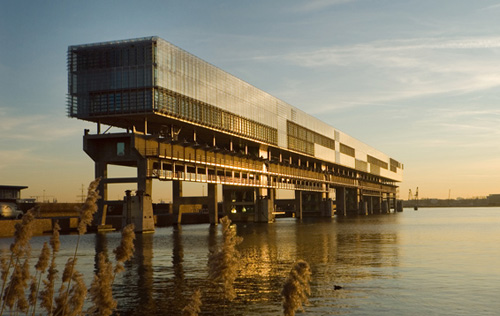
It is quite interesting to note that the in the case of the Netherlands the concept of sustainable architecture is being implemented wherein instead of man removing nature in order to create areas for habitation, what is instead occurring is an incorporation of the surrounding environment into the design plans for habitation. Such aspects of this can also be seen in the case of Holland wherein instead of dense urban sprawls (i.e. large concrete apartment buildings) what instead exists is an incorporation of water ways and the surrounding landscape into the design elements of the building in such a way that buildings feel more natural and connected to the local environment as compared to what is normally seen in cities such as those in Germany, the U.S. and China (Velthuis & Spennemann 2007, pp. 43-66). The advantage of this particular method of construction as compared to that normally seen in other major metropolitan areas is that it in effect allows the local landscape to “breathe” (Velthuis & Spennemann 2007, pp. 43-66). This means that with the surrounding greenery and freely flowing water, the area’s natural environmental processes continue to function unheeded resulting in better living conditions for people within the immediate area due to significant reductions in the various pollutants that are normally associated with urban dwellings (Velthuis & Spennemann 2007, pp. 43-66). Another factor that should be taken into consideration is that in the case of adaptive re-use of environments such as in the Borneo and Sporenburg docks, adaptive re-use in effect lowers the cost of land since it reduces properties that are rarely used and in within locations that were originally not thought of as compatible for urban dwellings. Overall, when examining the case of sustainable architecture, it can be stated that it is the “wave of the future” so to speak given the increasing amount of awareness people have placed on living sustainably.
Reference
Velthuis, K, & Spennemann, D 2007, ‘The Future of Defunct Religious Buildings: Dutch Approaches to Their Adaptive Re-use’, Cultural Trends, vol.16, no.1, pp. 43-66, Business Source Premier, EBSCOhost.